Saturday was our first day shooting with the RED Camera. We know the community is keen to see real shots and we will publish more in coming days and weeks. For now, we aim to address the expectation of RED with the reality of filming with it. It is after all a camera – it exists to produce footage – and so that is what we did.
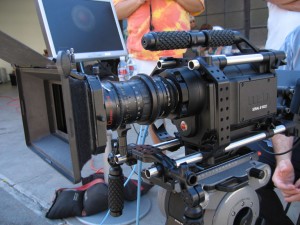
Friday we picked up the camera and had training, so the very next morning we took it on location. Away from any RED staff in the real world, but also away from the hype surrounding the camera. We filmed with some senior members of the Hollywood community – some reservation holders and others who had been non-believers that RED would ever ship. We wanted to create some footage to put the camera through its paces and give us footage to begin exploring the post production workflow.
The nature of RED is different from other cameras. Rather than compare the R&D and launch to Digital SLR – we prefer to treat it as a professional software based product. Naturally there are may similarities to the early days of Flame and discreet… a young company fighting to be innovative through being creative – hip and most of all close to their customers. Like Flame, the Red One has a ‘must have’ buzz about it, based on being able to do things creatively that were not possible.
Just like Flame over ten years ago, some shortfalls or unimplemented features are forgiven by the community so long as it creatively provides something new. When Flame started it couldn’t even output to video tape, but it was none the less remarkable and the creative community embraced it – forgiving it any failings – and pushing hard to promote the product and work around its issues. The engineers worked equally as hard to improve the product in a near constant evolving pattern of fast software releases and innovative bug fixes. This worked, of course, and many a career was made on the back of being first in town with a Flame.
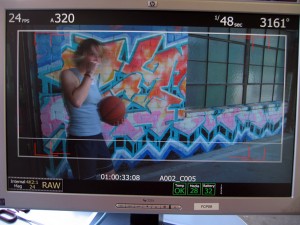
In many ways this is exactly what we heard from Jim Jannard on the morning of the first release of the new RED One cameras. Rather than finish the product – they were welcoming people to join them as they continued to develop the camera, noting to carefully say ‘continue’ and not ‘finish’ development. RED is not like an HVX200 which is released and then later a new model is released. RED One was designed to have emailed software updates that tune the camera, enable new capabilities and unlock new sources of creative exploration.
Like Discreet in the early days, the young company is insanely keen to help. We reported a minor lens cap problem and on Sunday afternoon one of the senior executives offered to drive over to where we were staying and drop off a new one before we flew out. The President of RED himself jumped in to help with technical enquires… and this on a holiday weekend. We think it is important to note that you are dealing with a company where the President of the company was out the same day as we were – shooting footage himself – so they are not just receptive to input but able to appreciate this input in a way that only someone so intimate with every detail could.
So with the approach of an early, innovative, developing product, we took the camera to explore the only thing that truly does matter the day after cameras are first given out to early adopters – what the pictures look like. On the reduser.net forums there have been discussions about boot up times and other important issues, but truly these are still in flux. The only real given is the is a new sensor – and can you get good pictures out of it (yet) and if not why not. In time fxguide will provide detailed technical information and hard core geek stuff – but for the first day it is really just about the images – and if they are good – well then like early version of flame – you’ll work around the problems and find a way to solve stuff until the i’s are dotted and the t’s are crossed. You put up with amazing complexity if things are improving and the creative images are good enough.
So here are a few sample images from the camera, in no particular order. Clicking thumbnail will bring up a 4k jpeg version. If you want to see the raw tiff files you can download uncompressed TIFF files via torrent – 165 MB .
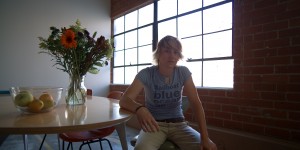
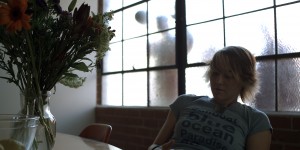
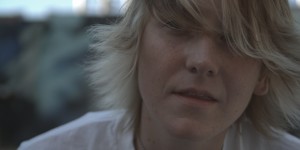
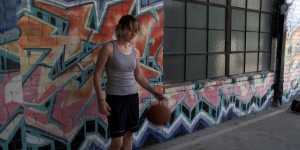
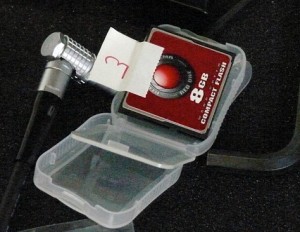
The pipeline for these images used RED camera #22
– record to 8 GB compactflash cards
– offload to firewire drive
– process using RED Alert! software to create 16 bit tiff
– to photoshop for mild colour grading with levels – NO image touch up, sharpening or filtering of any kind
– reduction to 8 bit jpegs (or not in case of downloadable tiffs)
RED Alert! is a basic OS X program provided with the camera that lets you examine and convert the footage files to DPX or TIFF. It will be replaced with a more robust software in the near future but it worked well for now. It can also instantly create a set of quicktime movies that are reference movies to the main file – in 2k, 1k and .5k.
Special thanks to The Camera House for helping with the test shoot and for the panel of senior professionals who attended and helped shoot, probe and discuss. Having proper tripods, heads, matte box, filters, and an amazing variety of superb quality lenses to test with and to be able to discuss the issues with such a group made for a terrific day.
Also thanks to our model Corie Daniel and to our gracious hosts A52 / Rock Paper
Scissors who let us use their facility and parking lot for the shoot.
